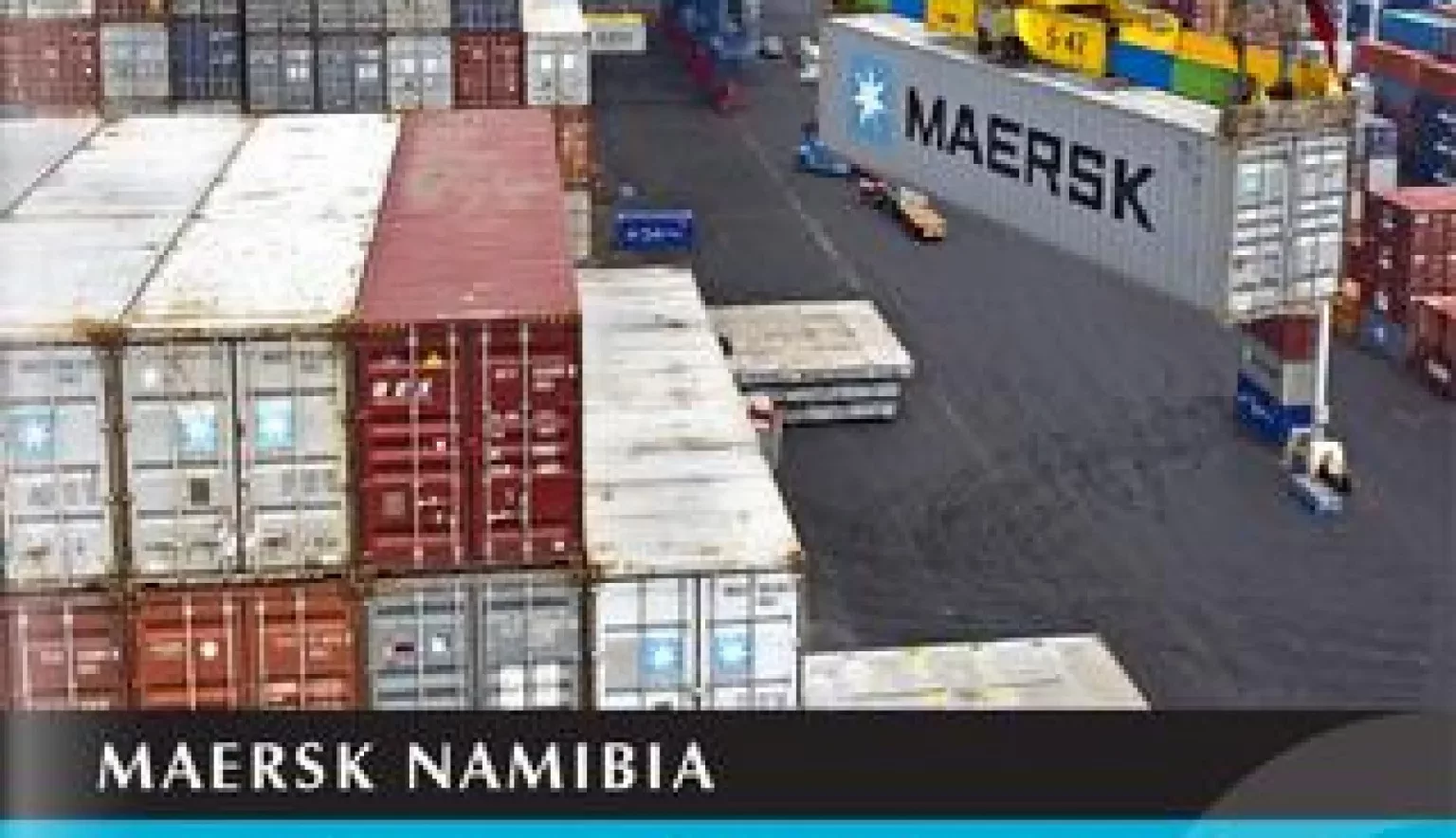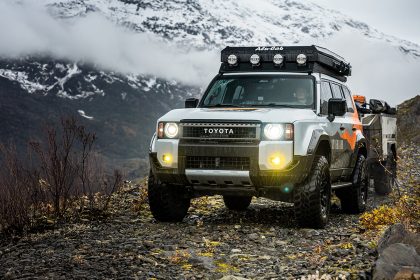With a presence in Namibia spanning more than 18 years, Maersk Namibia represents one of the largest and most reputable groups operating in the shipping and oil & gas industries today; with the wider Maersk Group reporting profits of $5.2 billion last year. In Namibia, the Company is making concerted efforts to further align itself with the wider Group to consolidate its processes and offer the same seamless service levels throughout its operations. However, the Company faces many economic challenges that have the potential to hinder growth.
ENHANCING NAMIBIAN TRADE
After witnessing substantial evolution in terms of its capacity and trade during the past 20 years, the Port of Walvis Bay in Namibia has grown to international notoriety as a growing cargo hub for southern Africa that now handles five million tonnes of cargo per annum. The country therefore represents a vital part of the award-winning Maersk Line Africa operations, as the Company continues to capitalise on inter-regional and international trade opportunities, edging closer towards integration of both its upstream and downstream service offerings.
“I believe one of the biggest challenges we face along with other emerging markets is to start connecting the dots inland and create efficiencies and cost advantages to move business from landlocked locations into and out of the ocean gateways. When looking locally we need to ask ourselves as members of the community how ready are we as a region to facilitate more digitised, automated and standardised processes to facilitate cross-border and inter-regional trade,” Maersk Namibia Managing Director, Robert Maslamoney said in a statement last year.
The Port of Walvis Bay offers an alternative gateway to southern Africa, including Zimbabwe, Botswana and Zambia, as well as access to the lucrative import/export markets in South Africa.
“It is not good enough to built capabilities on the ocean transport side and not have similar matching capabilities on the land side. A key component of growing intra-African trade is to develop regional trade blocks and break down barriers to trade,” he continued.
In line with this, Maersk Nambia has been encouraging the country’s transportation to look closely at not only its shipping freight rates, but also at all other elements in the value chain including transport costs, port costs, border formalities and transit times.
“Any asset-heavy company with large balance sheets is aware that there is only so much one can do to create efficiencies and reduce costs. At some point you need to focus on increasing profitability, generating a healthy top line and a reasonable return on your cost capital,” Maslamoney highlighted.
Operating from its headquarters at Walvis Bay, the Company has pledged to continue developing products and services that stimulate trade with Namibia, utilising new technologies and efficient methodologies to support this strategy.
TECHNOLOGY INVESTMENTS
For the past six years, Maersk has been looking closely at its global IT systems in order to streamline its processes across all its operations to address any inconsistencies in service levels. In doing so, the Group has reduced the number of applications by more than 2,000 and in a move towards a more standardised use of technology. However, the investment has to be justified at each location to make sure that it will provide long-term cost returns.
After spending more than a century in the global shipping market, Maersk Group recognises that technology is a crucial differentiator that requires a huge amount of time and investment to make sure that software keeps up with modern cargo demands, delivering on its shipping promise in the most efficient way possible.
The recent implementation of Maersk’s case management software in many African countries has been a key enabler that delivers multiple benefits to both customers and the Company itself. From back-end systems that enable direct communication via EDI batch transfer messages to customers and suppliers, to remote monitoring of vessel bunker consumption, the right technologies form an integral part of the Company’s value proposition.
The case management software creates a reference number that tracks a customer query – provided the query cannot be immediately concluded – and this reference is then available to every colleague around the world to action in the most effective way. The software creates a standardised platform which enables further efficiencies in communication; for example, a customer does not need to repeat a query if they want an update on an issue, they merely quote the reference number.
The Group is now working to stabilise the software to ensure that it will deliver the expected benefits when promoted to the rest of the African market.
TRULY GLOBAL
As the only major ocean carrier in Namibia with offices in the close vicinity of the port, Maersk has the right support structures in place to support the further development of the country’s biggest shipping hub. Moreover, the Company is working closely with other shipping operators and the port authority to make sure the industry is sustainable in the long-term.
With a N$1 billion expansion project currently being undertaken by China Harbour Engineering Company (CHEC), Walvis Bay will see the addition of a new terminal that will add 40 hectares of land, a 2,100 metre quay and a further 482 reefer container plug points; due to be completed by 2017.
“This project, coupled with our investments in technology, will ensure that our customers enjoy the full benefits of Maersk Line services. Applying our principle of constant care, the team of dedicated, dynamic and highly motivated Maersk Line staff in Namibia, we can offer more than just a port-to-port transportation service,” the Company notes.
“In today’s highly competitive world, it is imperative for any business to deliver a fast and reliable service. Therefore, Maersk Namibia is dedicated to the success of our customers and we can offer more ways to add value to their business,” the Company concludes.































